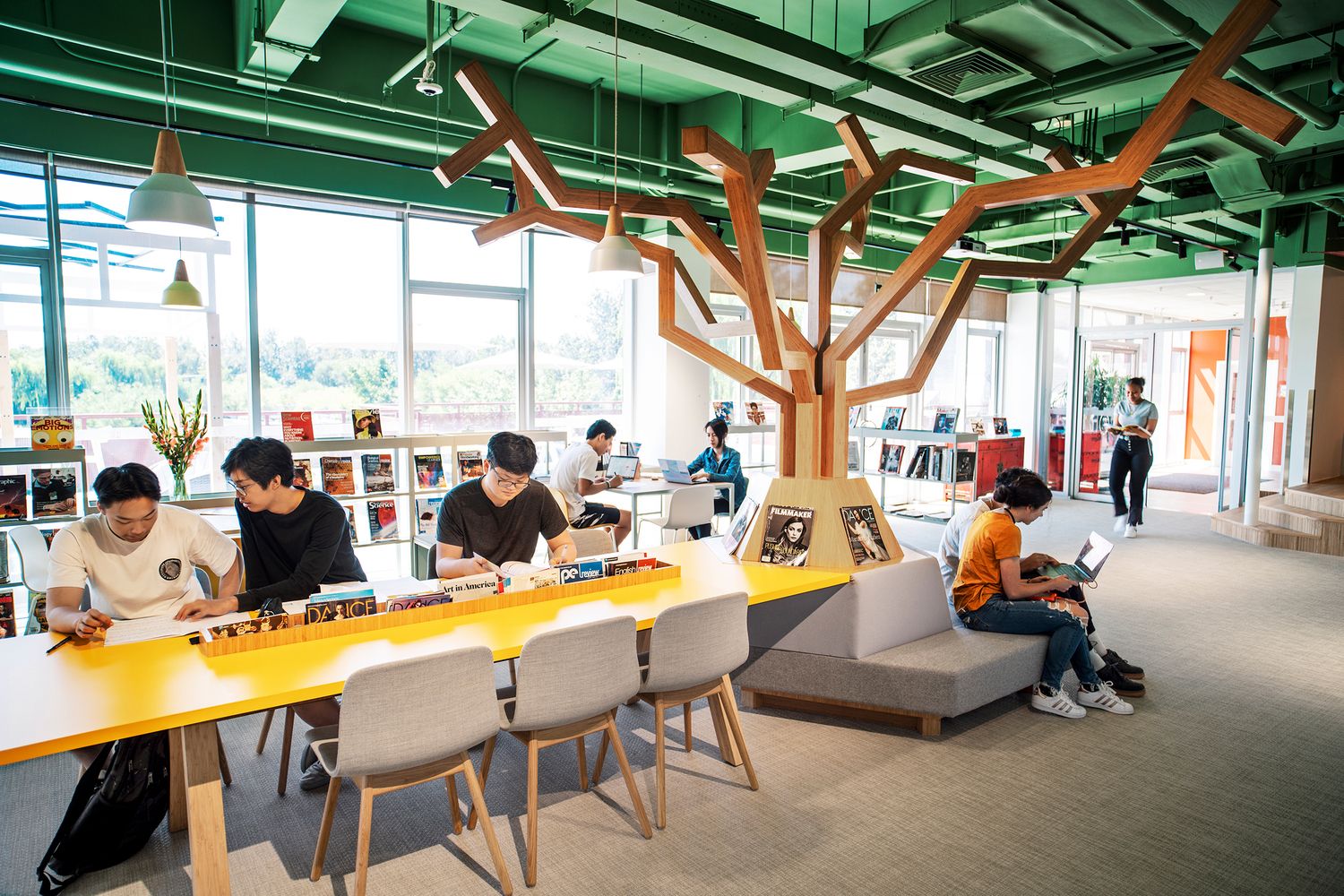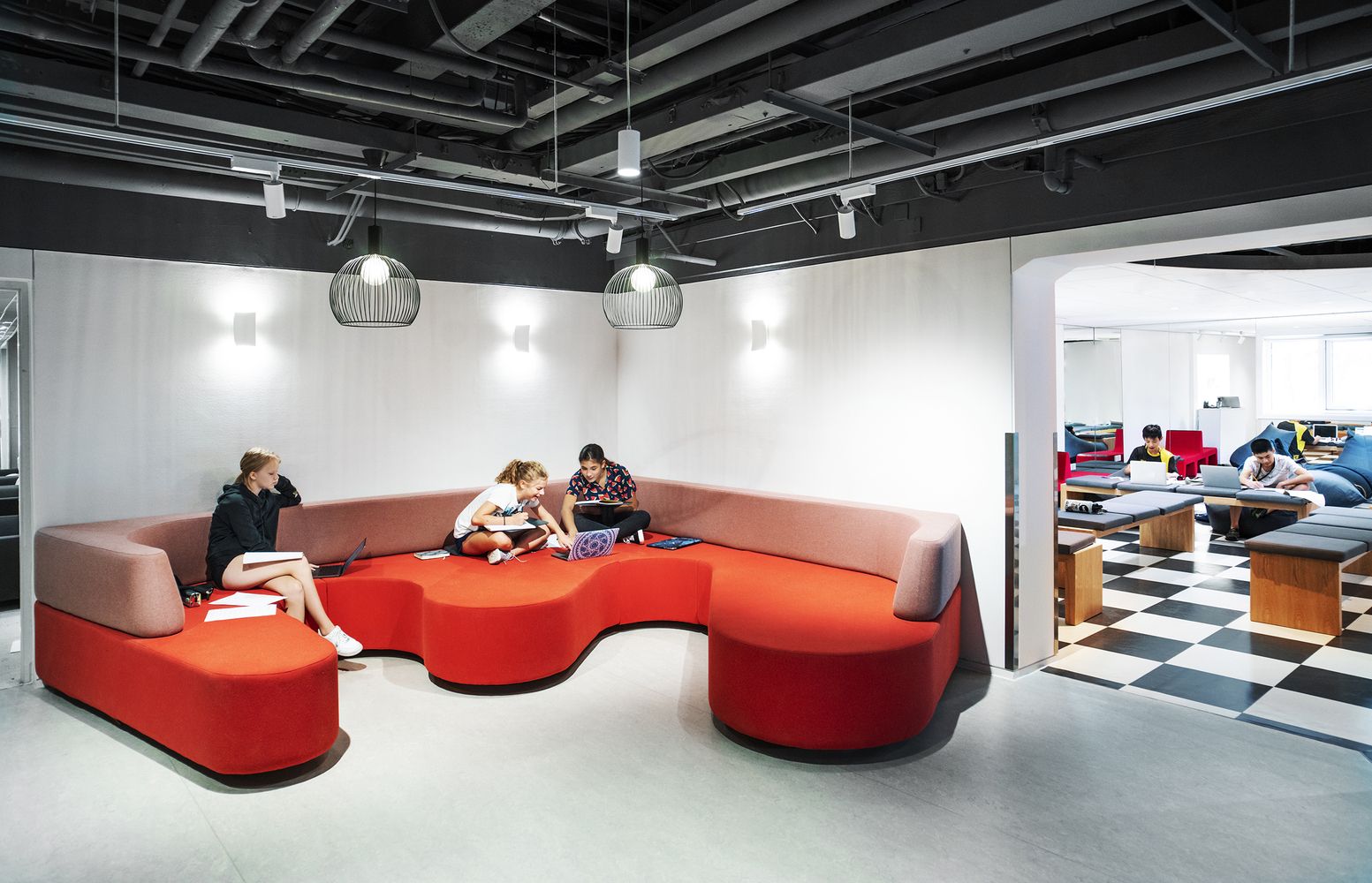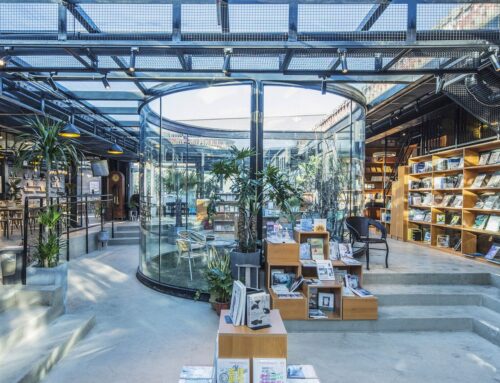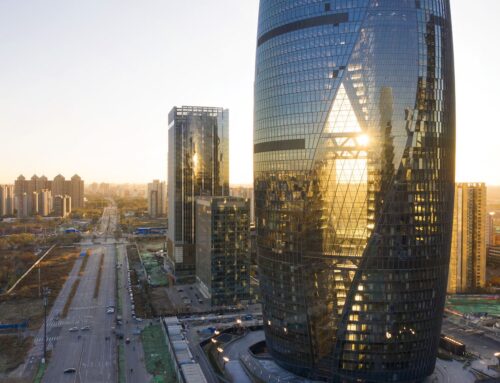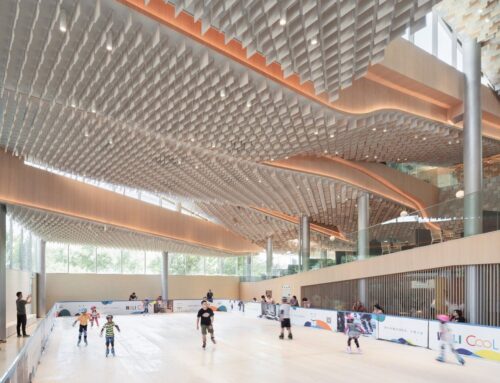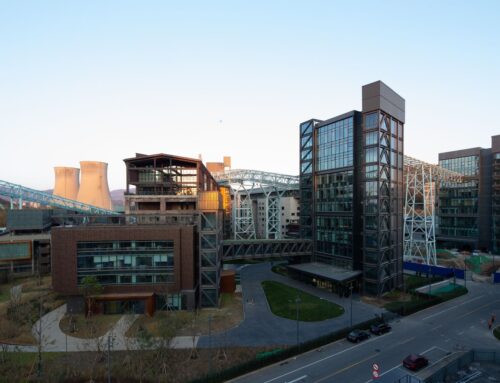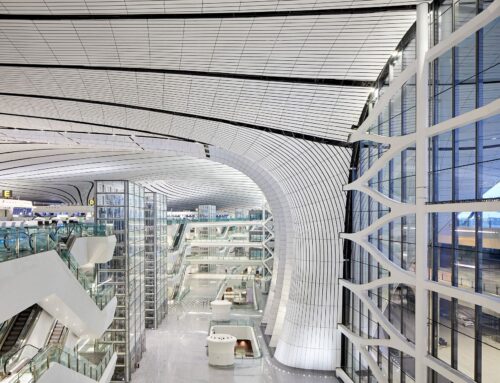Maximizing learning is at the heart of the new prototype learning environments at the Western Academy of Beijing. With an open community structure, the new learning landscapes enhance student agency and self-directed learning.
Instead of a traditional classroom structure, coming from an industrial way of thinking about schools, we organize the space, so it has a positive impact on how you behave, move around and learn, states Creative Director Rosan Bosch.
For the renowned IB school, Rosan Bosch Studio is creating a learning journey from early years to high school, utilizing the IB resources and supporting the school’s visionary FLoW21 targets for team-teaching, flexible learning groups, mentorship and individualized timetables. The first two areas for Middle School and High School have opened for the learners and will give direction to a transformation of the entire campus.
Activating the Theory of Knowledge through space planning. Throughout the prototype environments, the design strategy for Western Academy of Beijing is taking inspiration from the IB program’s Theory of Knowledge.
The learning landscapes are themed by the Areas of Knowledge such as a community for mathematics and a multidisciplinary library. Within each area, ten differentiated spaces enable both students and teachers in the learning community to work with the Ways of Knowing.
Students encounter customized frameworks for Movement, Construction, Stillness, Sound, Lab, Biology, Theatre, Library, Writing & Drawing and an Exhibition & Lounge Courtyard.
In these differentiated learning venues, the students can explore different modes of learning and training skills. For the mathematics learning community in middle school, the grid in the Movement space allows students to measure with large-scale instruments and explore space with their bodies. For the mathematics teachers, the space presents an impactful tool to relate movement, body scales and perspective and provide a fuller understanding of geometry and space.
Chinese culture embracing an international school community. Throughout the learning environment, the design activates the wealth of Chinese culture in a modern framework for learning.
Dragon paths inspire the flow structure and grand courtyard pavilions in red latticework function as meeting spots and workstations with integrated exhibition displays. Instead of hiding students’ projects away in classrooms, the podiums work as display opportunities for the learning community while also showcasing the school’s vast collection of Chinese artefacts, historic furniture and graphics.
The design upgrades the typical monofunctional spaces of schools – such as lunch halls, library space and hallways – so all areas are utilized efficiently throughout the day.
Source: archdaily
Pictures by Kim Wendt for archdaily

